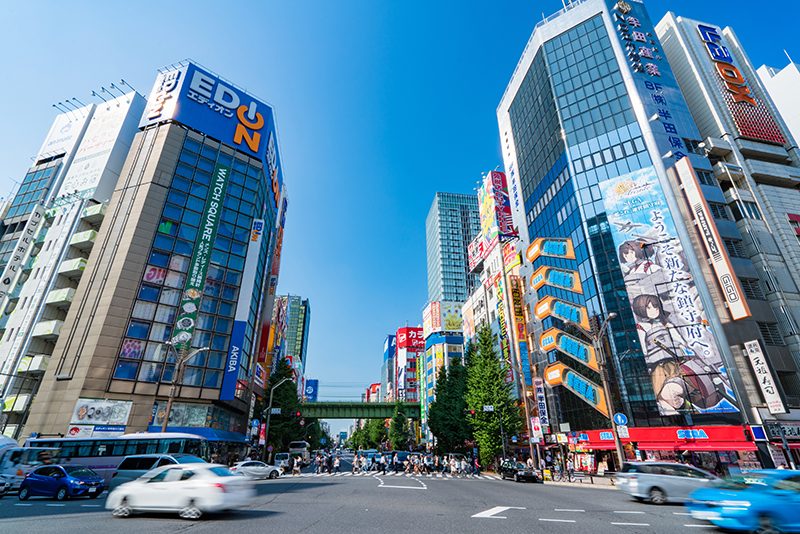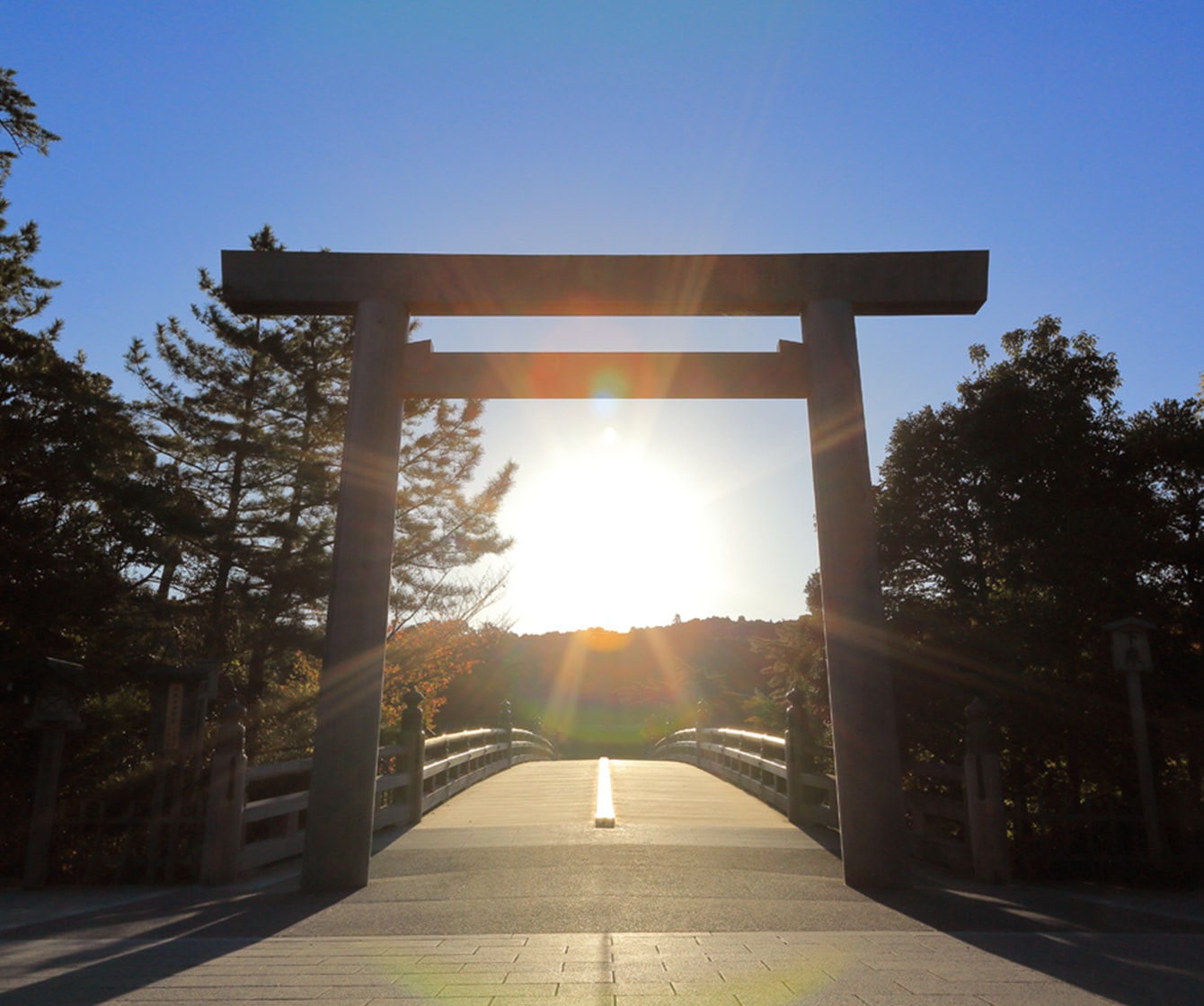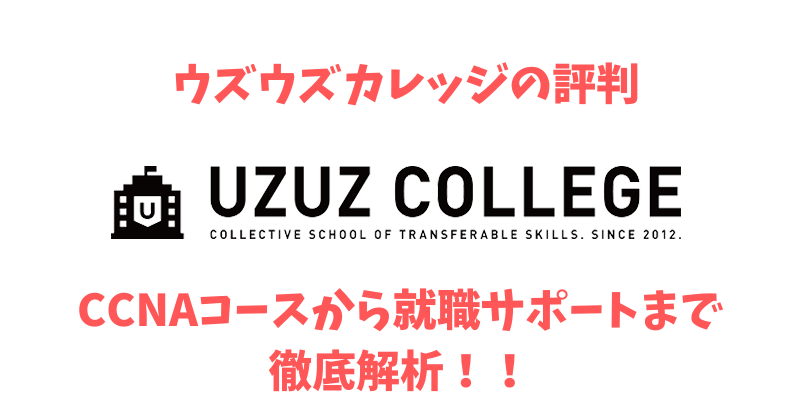Nestled in the heart of Tokyo’s Chiyoda Ward, a district often associated with government offices, the Imperial Palace, and a generally formal atmosphere, Akihabara stands as an anomaly—a chaotic blend of electronics, anime, gaming, maid cafes, and idol culture. Known colloquially as “Akiba,” this vibrant neighborhood has undergone a fascinating transformation over the years, evolving from a post-World War II black market into Japan’s premier Electric Town.
In the years following the Second World War, Akihabara emerged as a bustling black market, catering to the immediate needs of a recovering nation. As Japan entered a period of rapid economic growth, the district transformed into a hub for diverse electronic devices, hardware components, and software, solidifying its reputation as the country’s leading Electric Town. However, the landscape began to shift with the burst of the economic bubble and the rise of large electronics retail chains and discount stores. Many of the traditional electronics shops in Akihabara adapted by shifting their focus to personal computers.
This strategic move attracted a new crowd—computer enthusiasts and hobbyists, who eventually morphed into the otaku culture we associate with Akihabara today. The 2004 phenomenon of “Densha Otoko” (Train Man) further cemented Akihabara’s reputation as the mecca of otaku culture, not just in Japan but also as a global tourist attraction.
In this blog, we will delve into the various facets of Akihabara, exploring its history, present-day allure, and accessibility, among other topics. Whether you’re a tech geek, an anime fan, or simply curious about this unique corner of Tokyo, there’s something in Akihabara for everyone.
Origin of the Name
The area now known as Akihabara Electric Town has a rich history that dates back to the Edo period, when it was a residential area for lower-ranking samurai. The region was plagued by frequent fires throughout this era. In response to a devastating fire in 1869, the Tokyo Prefecture under the Meiji government designated approximately 30,000 square meters of the area as a firebreak zone. The following year, in 1870, a deity known for fire prevention, Akiba Daigongen, was enshrined from present-day Shizuoka Prefecture, and a shrine was established to honor it as a fire-stopping deity.
Initially, the area was called “Chinka-bara,” meaning “fire-extinguishing field.” However, when the shrine was later renamed to Akiba Shrine, the area started to be referred to as “Akihabara,” a name that has since been abbreviated to “Akiba.” This is the origin of the name by which the area is commonly known today.
The name “Akihabara” was further popularized when a railway station was established in the area in 1890, extending from Ueno. The station was named “Akihabara,” and this pronunciation gradually became standardized nationwide.
While the area’s transformation into an electronics hub began after World War II, the name “Akihabara” has roots that are deeply entwined with its historical struggle against fires and its evolution as a community.
From Black Market to Electric Town: Akihabara’s Post-WWII Emergence
In the aftermath of World War II, Akihabara was a scorched wasteland filled with black market stalls. Interestingly, a technical school that would later become Tokyo Denki University was located nearby. Students from this school began buying radio parts from the black market, assembling them into complete radios, and selling them. This venture turned out to be a massive hit, attracting more electronics vendors to the area.
However, the Allied occupation forces, led by GHQ (General Headquarters), planned to abolish these street stalls for road expansion. In response, the vendors united and petitioned GHQ. Sympathetic to their cause, the then-Japanese National Railways and Tokyo Metropolitan Government allowed them to set up shop under the elevated railway tracks near Akihabara Station.
This move led to the further concentration of electronics vendors, giving birth to what would become the Radio Department Store, a precursor to today’s specialized electronics shops. A powerful wholesaler named Hirose Musen also played a role, attracting retailers from across Japan to source their goods from Akihabara, turning it into a wholesaler district.
As Japan recovered from the occupation and entered a post-war electronics boom—often symbolized by the “Three Sacred Treasures” of TV, refrigerator, and washing machine—these wholesalers gradually transitioned into retailers. At its peak, Akihabara accounted for nearly 10% of the nation’s electronics market, solidifying its status as Japan’s premier Electric Town.
The Otaku Revolution: How Akihabara Transformed into an Anime and Manga Haven
After its post-WWII emergence as an electronics hub, Akihabara underwent another significant transformation that has made it a global center for anime, manga, and otaku culture. The shift began in the 1980s when household electronics started to lose their futuristic appeal. Akihabara’s shops pivoted their focus towards home computers, attracting a new type of consumer: the otaku. These enthusiasts were deeply interested in anime, manga, and video games.
The market in Akihabara quickly adapted to this new customer base. The streets became adorned with anime and manga icons, and cosplayers began to line the sidewalks. Maid cafés and arcades sprouted throughout the district, and special events and conventions became frequent, offering fans opportunities to meet the creators of the works they loved. This has solidified Akihabara’s reputation as a sacred place for otaku culture.
The influence of otaku culture has been so profound that it has shaped the architecture and business models in Akihabara. Many buildings are designed to be more opaque and closed, reflecting the otaku’s general desire to immerse themselves in their anime worlds. The district has also become a hotspot for amateur work, particularly Doujinshi (fan-made manga), further enriching its diverse otaku culture.
Today, Akihabara stands as a testament to the power of niche markets and cultural evolution, attracting visitors from around the world who come to experience its unique atmosphere.
The “Densha Otoko” Phenomenon: The Event That Solidified Akihabara’s Otaku Culture
The “Densha Otoko” (Train Man) phenomenon is a pivotal moment that further solidified Akihabara’s reputation as the epicenter of otaku culture. Originating from a series of posts on the Japanese online forum 2channel, “Densha Otoko” tells the story of a socially awkward otaku who saves a woman from a drunkard on a train and subsequently falls in love with her. The story gained immense popularity and was adapted into various forms of media, including a TV drama, a movie, and manga.
This phenomenon did more than just captivate the hearts of many; it played a crucial role in shaping Akihabara as the mecca of otaku culture. Following the “Densha Otoko” craze, the area saw an influx of otaku-related shops and cafes, further solidifying its reputation as a hub for anime, manga, and video game enthusiasts.
The “Densha Otoko” story became a symbol of hope and transformation for the otaku community. It showed that love and social acceptance are attainable even for those who are socially awkward or introverted. Overall, the “Densha Otoko” phenomenon is a testament to the power of storytelling and its ability to influence culture and community.
Anime and Otaku Culture in Akihabara
Akihabara, often referred to as the “Electric Town” of Tokyo, has evolved over the years to become the epicenter of modern Japanese otaku culture. This district is a major shopping hub for video games, anime, manga, electronics, and computer-related goods. The streets of Akihabara are adorned with icons from popular anime and manga, creating a vibrant and immersive atmosphere for fans and visitors alike.
Maid Cafés and Idol Shows
One of the most distinctive features of Akihabara’s otaku culture is the prevalence of maid cafés. These themed cafés have staff dressed as maids or anime characters who serve customers in a playful and interactive manner. The maids often engage in performances, games, and conversations, making the experience unique and memorable. Additionally, Akihabara is home to various idol shows, where fans can watch live performances of their favorite idols and interact with them.
Iconic Anime Stores and Gadget Paradise
Akihabara boasts a plethora of stores dedicated to anime and manga. These stores display prominent icons from popular series, attracting fans from all over the world. Whether you’re looking for the latest anime DVD, a rare manga volume, or unique merchandise, Akihabara has it all. Beyond the anime and manga enthusiasts, the district also attracts tech-savvy individuals. With its vast array of computer parts and gadgets, Akihabara is a haven for those passionate about the latest technological innovations. The district’s commitment to otaku culture, both in anime and tech, is evident in the design of many of its buildings, which aim to recreate the fantastical worlds of anime and manga. This dedication has solidified Akihabara’s reputation as a global hub for otaku culture.
In conclusion, Akihabara’s transformation from an electronics market to the heart of otaku culture is a testament to its adaptability and the enduring appeal of anime, manga, and cutting-edge technology. Whether you’re an avid fan, a tech enthusiast, or a curious visitor, Akihabara offers a glimpse into the vibrant world of Japanese pop culture.



コメント